Marine Biologists Made Unexpected Discovery Off the Coast of Sri Lanka
The National Oceanic and Atmospheric Administration (NOAA) claims that under 10 percent of the world’s oceans have been mapped using modern sonar technology. This means there’s a lot we don’t know about the species and ecosystems that thrive beneath the water’s surface.
While conducting work off the coast of Sri Lanka, marine biologist Asha de Vos came across a creature she never thought she’d ever see with her own eyes. The reason? Its existence was only confirmed in 2003, and very little is known about the species.
Sri Lankan Civil War

The Sri Lankan Civil War occurred between the the government and the Liberation Tigers of Tamil Elam, who wanted to create an independent state in the northeastern portion of the country. Fighting took place between 1983 and 2009, and for nearly 30 years it was too dangerous for scientists and marine biologists to adequately study the waters surrounding the island.
Following the conflict, the Sri Lankan government came under fire for violating human rights and committing a number of war crimes, including the bombing of civilian targets and the massacre of Tamil guerrillas.
Who is Asha de Vos?

Asha de Vos is a marine biologist from Sri Lanka who’s best known for leading the Blue Whale Project, which aims to research the species’ population in and around the Indian Ocean.
Among de Vos’ most notable achievements was the declaring of the blue whale as a threatened species around Sri Lanka. She’s also the founder and director of Oceanswell, a non-profit marine conservation research and education organization that focuses on public outreach and the disproving of “parachute science.”
The waters around Sri Lanka were particularly dangerous
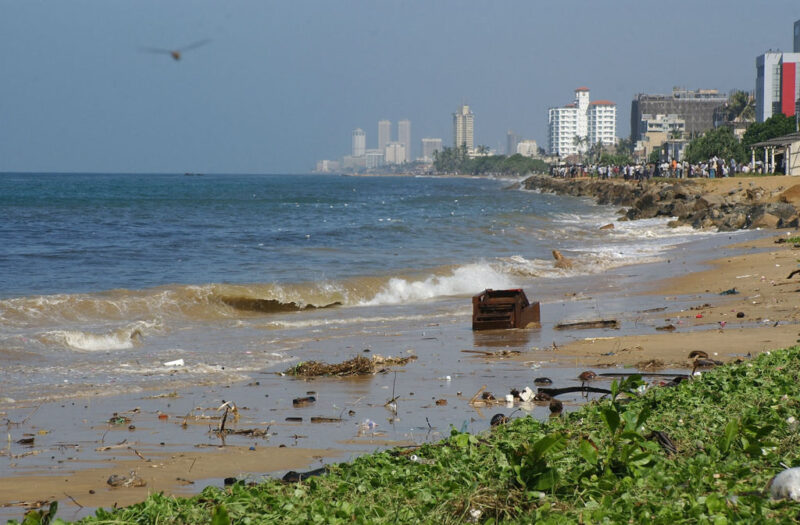
On top of the dangers that come with war, marine biologists and researchers also had to contend with sea mines that had been placed along the coast by the Sri Lankan government to prevent terrorist attacks. This was on top of the land mines laid by both sides during the decades the civil war was ongoing.
The dangers associated with accidentally setting one off didn’t scare Asha de Vos.
Shipping lanes and their impact on marine life
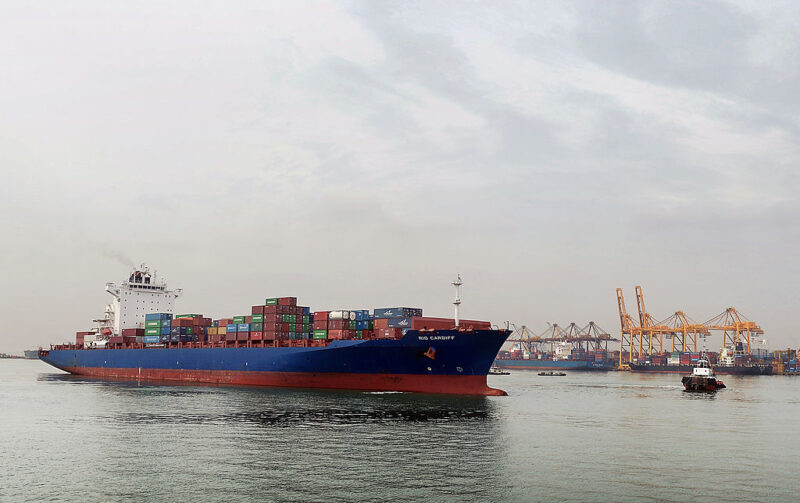
The shipping lanes off the coast of Sri Lanka are among the busiest in the world. The amount of container ships and other vessels that pass through each day negatively impact the local marine ecosystem in numerous ways.
Along with disturbing sediment and creating noise pollution, these lanes also result in the spread of hazardous materials (think oil spills) and the spread of invasive species, therefore threatening the biodiversity of integral marine environments.
On top of this, the vessels can also collide with larger sea life, such as whales and dolphins, resulting in increased deaths within already vulnerable species.
A bus-sized creature began circling the boat
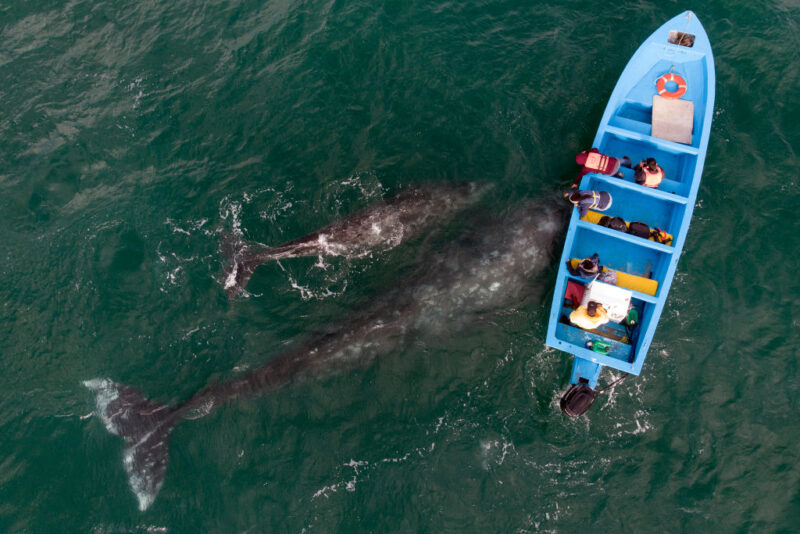
While a few miles off shore, Asha de Vos and her team began to notice a creature circling them in the water – and a rather sizeable one, at that. According to reports, it was as large as a bus. This led everyone onboard the ship to assume they’d come across a blue whale, the very creature they’d set out to study.
However, what they’d come across was a much rarer species.
Identifying the type of whale
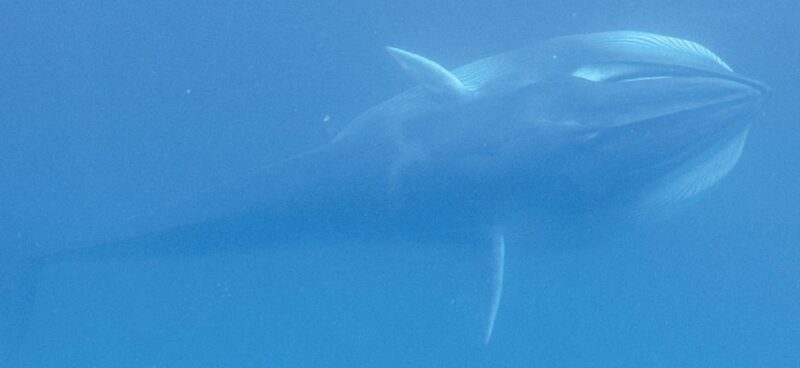
While the team was aware the creature swimming beneath them was a whale, they weren’t sure of the exact species.
To identify the type, Asha de Vos and her team looked at the creature’s unique physical features. However, they couldn’t find any similarities to the information they already had on file and had to enlist the help of two experts, Robert Brownell and Salvatore Cerchio.
Cerchio and Bronwell looked at the photos the team had taken and determined the creature was among the rarest whales in the world: Omura’s whale.
The species wasn’t discovered until 2003
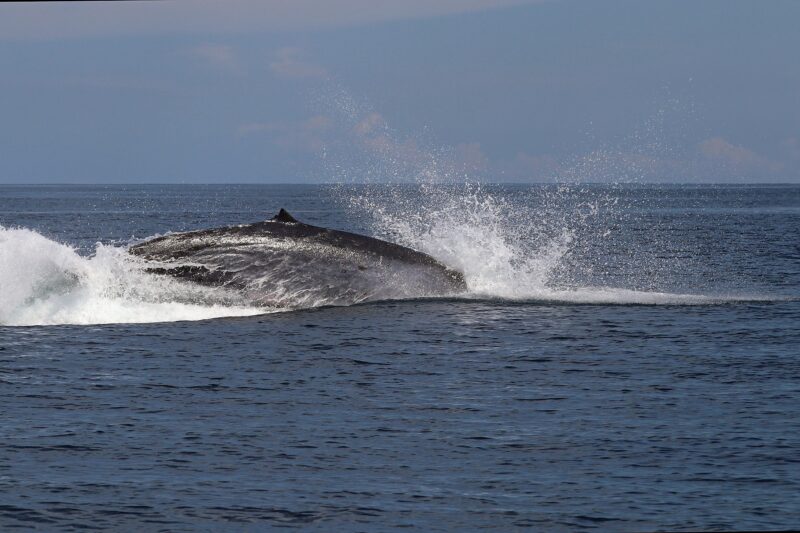
While the evolutionary lineage of Omura’s whales dates back between 10 and 17 million years, the species’ existence wasn’t confirmed until 2003. Three Japanese scientists analyzed the mDNA of nine individual whales – eight had been caught by research vessels in the late 1970s, while the other had been collected in 1998.
According to the trio, the closest relative of this previously-unknown species is the blue whale. However, it more closely resembles the fin whale. It’s also rather small, at just 30 feet long.
Omura’s whales are incredibly rare
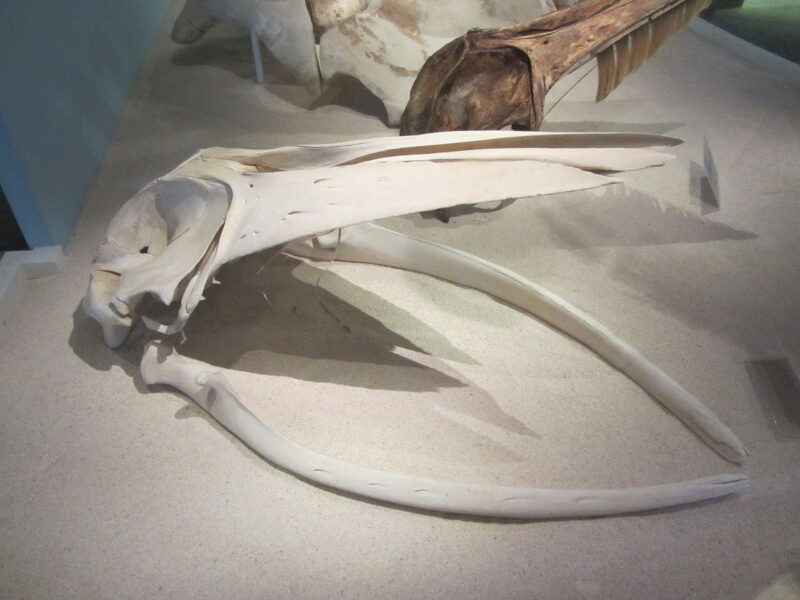
Despite being found in the Indo-Pacific and Atlantic, it’s incredibly rare to spot an Omura’s whale in the wild. In fact, so few have been encountered on the high seas that scientists haven’t been able to determine any sort of population size.
The first confirmed live sightings occurred in 2017, off the coasts of Sri Lanka and Taiwan. While other sightings had previously been reported, there was never enough evidence to confirm that the whales spotted were of this elusive species.
What does Asha de Vos’ discovery mean?
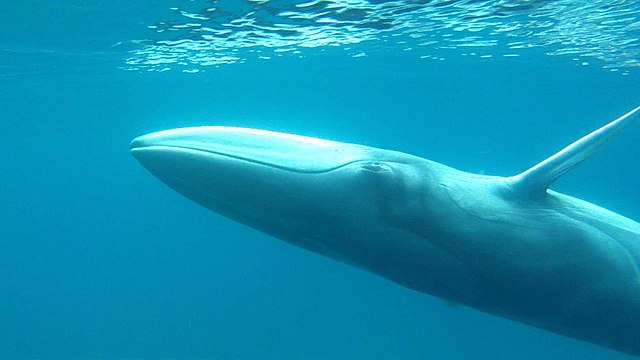
More from us: Underwater Photos That’ll Never Make You Want to Swim In the Ocean Again
Scientifically, Asha de Vos’ discovery of the Omura’s whale off the Sri Lankan coast shows the creatures’ habitat is much more far-reaching than previously thought. On a personal level, it’s among her most proudest achievements, as she never expected to ever catch a glimpse of such a rare marine species.





